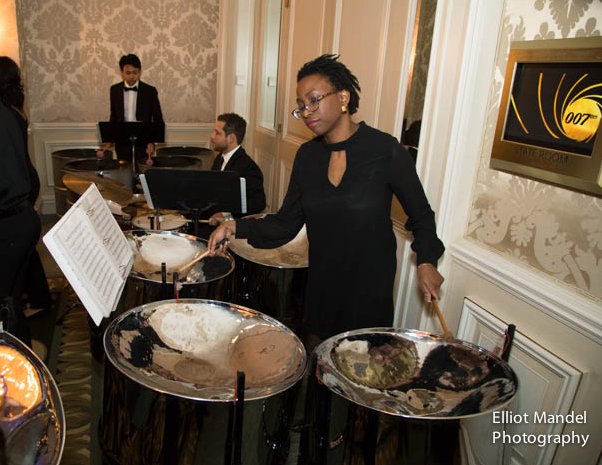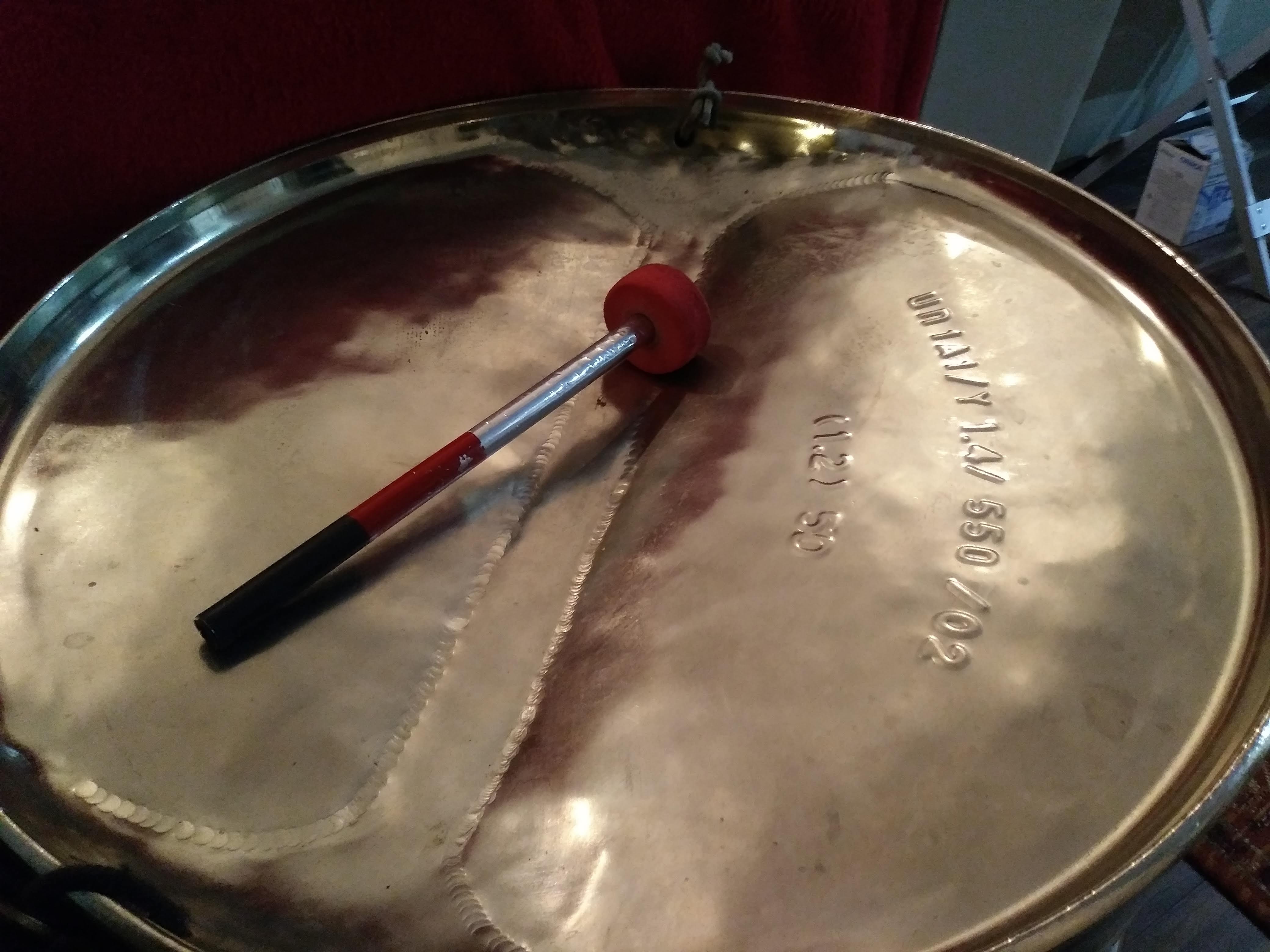Panatical Pans
Malika Green is Director of Steel Orchestras at the Chicago Youth Symphony Orchestras. With the support of a prestigious Fulbright award, she has been on a three-region tour researching youth steelpan pedagogy in Canada, Trinidad and Tobago, the UK. In her travels she has had the opportunity to understand the benefits and obstacles that occur when using both Western European Art music practices and non-Western practices when teaching the steelpan. The journey started in 2016 when she reached out to possible sponsoring Universities in her respective countries. Since there are no UK universities with steelpan as a registered ensemble she was open to Universities with Ethnomusicology programs. After reaching out to Southampton’s Hettie Malcomson, whose research has taken her to Central and South America, there was an immediate interest and synergy. The rest is history! In this guest post, she describes working with a Secondary school steel band just outside of Southampton, led by one of Music’s alums.

It was the Monday afternoon of fall term at Crestwood Community School and the steel band rehearsal room was buzzing with energy. Panatical, the Crestwood Community School advanced steel band, was not taking time off. As their name suggests, the group of over 15 secondary school students are intensely dedicated to the music of their music. Before jumping on the pans we had to take care of formalities. I shared a little about myself and my Fulbright experience and introduced them the opportunities available for the UK residents through Fulbright International Exchange program. The project, researching youth steel bands and their pedagogical processes, had taken me to Toronto, Trinidad and now the UK as my final stop. In general the UK was easily my most rewarding of the residencies largely due to the history, amount of programming and the warmth of the Caribbean community. Then visiting Panatical definitely became a highlight of the UK visit. I had watched their videos online to prepare for the workshop and the sound in person was better that any digital rendering.
Led by musician and University of Southampton alumna Rebecca Glenn and Crestwood music teacher Tim Downs, the students embodied many of the elements of a great steel band. Curiosity, stamina, a drive towards excellence and a democratic approach: all of the above. What song to perform next? Who counts it off? Tempo? Volume? That wasn’t good enough, let’s do it again. As an experienced steelpan educator and performer I was truly impressed by the leadership and the students. Students performed with an ease and thinly veiled joy (high schoolers can’t look too happy) that is more common with Trinidadian students who embody the driving syncopated rhythms of calypso and popular music. In fact if you closed your eyes and listened you may forget that you are just 15 minutes outside of the University of Southampton. With 3 -4 hours of rehearsal each week this phenomenal result is to be expected. All the students learned by rote, the traditional way steelpan is taught, and their memory is superb. Their muscle memory even better. Their ease on the steelpan was apparent as some students talked or stared off while their hands did the work, without missing a single note. Directors Downs and Glenn knew how to get Panatical focused and when to let a little democracy around. This is how a steel band rehearses. Somewhere between organized chaos and intense focus you find the structure.
Since all the learning, practicing and rehearsal happens during a rehearsal, there are moments where it seems there is a cacophony of sound. For someone who has heard dozens of bands at this point, that wall of sound equals progress. They started by performing one of their calypsos for me that I was actually unfamiliar with, and they were just getting warmed up. Although they hadn’t rehearsed this particular piece in some time everyone enjoyed it, smiled when they made mistakes and took note of my comments. We discussed performing with more precision by focusing on the use of wrists and fingers for rolling and double stops. Play the double stops with precision as an individual, and then open your ears to the rest of the section and finally the ensemble. Focus on your fine motor skills. We tried a few changes and they noted the difference in tone. I rarely receive the opportunity to work with such an accomplished youth ensemble and I had just as much if not more fun as the students during the experience.Then they performed Master Blaster, Smooth and one of my favorite soca hits from over 10 years ago, Hooked. The theme of the session was drama. They laughed when I expressed that I needed drama in my life. The point: pop music should always be musical. How can we give popular music more shape and highlight the “hooks” and sections that we love so much? Steel bands sometimes like to perform at one volume: loud. Yet, music can be monotone at any volume, and with a little guidance the students made some changes to Smooth and gave the piece more life. With such a strong musical force only minutes away from Southampton, I can imagine a collaboration in the future. What an exciting experience to experience the steelpan and also witness a Panatical performance.



